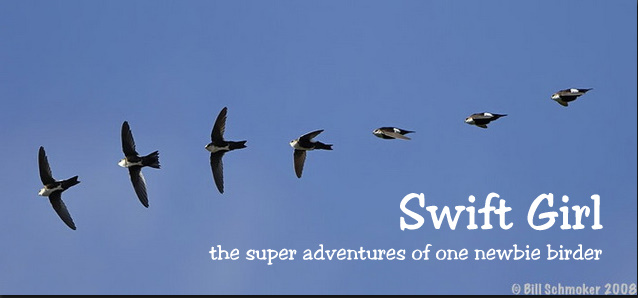 I am a fair weather birder. I'll admit it. I don't like birding when it's too cold. Or too windy. Or too hot. Or too rainy. I do have my limits in the love of my hobby.
I am a fair weather birder. I'll admit it. I don't like birding when it's too cold. Or too windy. Or too hot. Or too rainy. I do have my limits in the love of my hobby.But sometimes, after I've been holed up inside for too long and the sun hasn't shown for two weeks, I do get rather antsy to bird. I recently decided I couldn't take one more day of cabin fever, and headed up north to Confluence State Park in north St. Louis County.
It was the first time in my short birding career that I birded in 23 degree weather. Brrrr. But, thankfully, the sun was nice and shiny which made the birding great! I had two main target birds that day, the Snow Bunting and the Lapland Larkspur.
Only one Snow Bunting had been seen around the open field of the Park, but it had been seen pretty regularly. I went for a try. Sadly, I never did see the Snow Bunting, but did see hundreds of Lapland Larkspurs, and probably thousands of Horned Larks. I think most people blow off large flocks of LBJ's thinking they are just sparrows, but if you actually stop and look, they'd see Larks. Everywhere! I was so surprised to see so many!
It was so cold out! I could only keep my glove covered fingers out in the cold wind for a minute or two, and then they got too stiff to adjust my binoculars! I did a lot birding from the warm car, and ended up a happy girl!
The best part of the day, though, was getting to see the iced over confluence of the Mississippi and Missouri Rivers. It was interesting to me at the time that the Missouri was heavily iced, but the Mississippi was nearly free of ice floats. Hmmm, I'll tell you why later!
Anyway, great day driving around in the sunshine! And a new species, too!


































